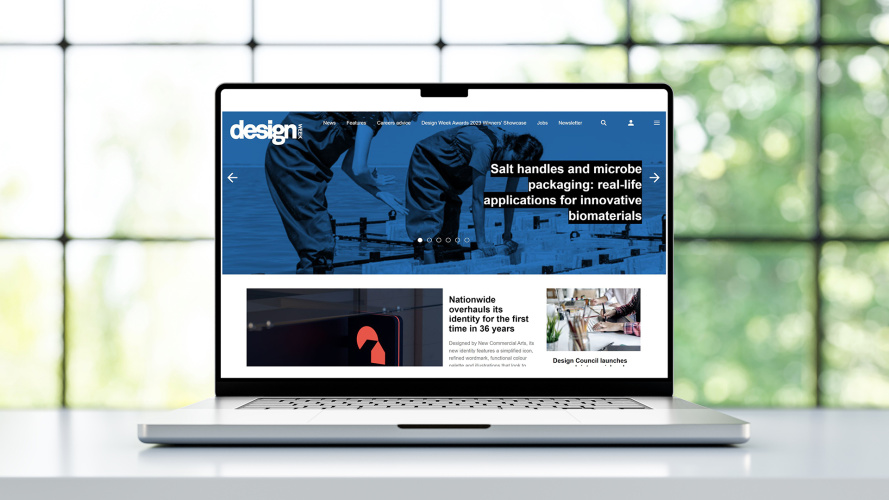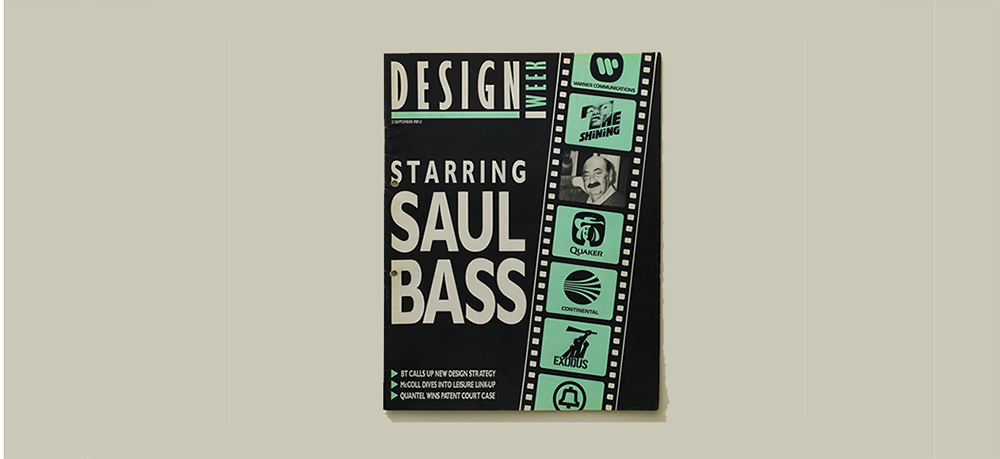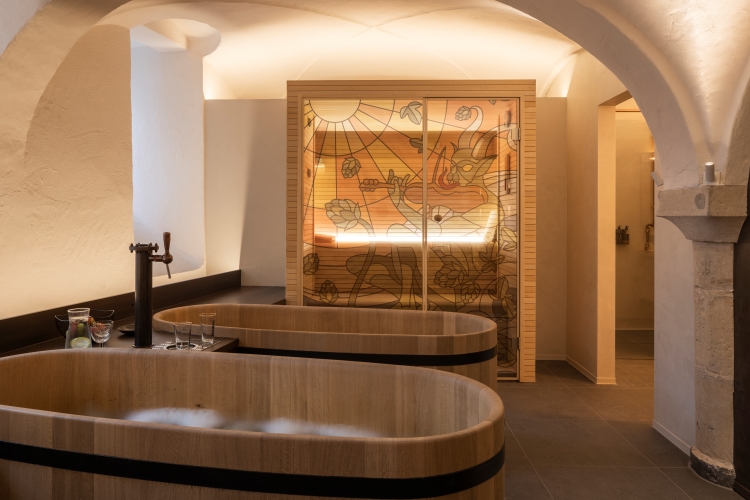Iconic and Pininfarina design “highest possible spec” padel court
The court design integrates innovative sports technology features into high-value architectural materials and finishes.
Sport experience design agency Iconic has collaborated with luxury Italian design firm Pininfarina to create a high-tech padel court for high-net-worth individuals, which disguises innovative technology within its structures.
Padel is a racket sport with similar rules to tennis, which is commonly played in a doubles format. According to Iconic CEO and co-founder Leonardo Giangreco it is “the world’s fastest growing sport” as it has gained traction in the UK, US and Germany in the past five years, whereas previously it was played mainly in Spain and South America.

Giangreco puts padel’s popularity down to the fact that it is “a social sport which can be played in a relaxed mode” and does not require years of skill and experience. As well as responding to the growth in the market, he says that Iconic sought to create “a more distinguished and personalised experience” for padel players.
Iconic began collaborating with Pininfarina two years ago. Pininfarina has “always been linked to the values of performance and sport”, says Pininfarina architecture senior vice president Giovanni De Niederhausern. Its past work includes the design of the Juventus Stadium and sports lifestyle products including bicycles.

“It’s very rare that players in any sport have control over playing conditions”, says Giangreco. The Iconic Padel Court seeks to optimise the player’s experience through interactions with court components, both physical and remote.
According to Giangreco, the court is compliant with the standards of the International Padel Federation and can be installed anywhere in the world, freestanding or fixed. Some of its finishings and materials include fiberglass coating, laminated tempered glass with concealed ground fixing and faux leather protectors.
De Niederhausern says that the design process was preceded by a phase of research and analysis of case studies to investigate how design could “enhance interactions between users and the court, and between users and each other”.
Following the evaluation and analytical phase, Pininfarina incorporated technologies into the architecture of the court, aiming to disguise the technology within the structure, “without affecting the elegance of the form”, De Niederhausern says. “The secret was to find the right balance between technological features and aesthetics, between the performance of the court and the authenticity of the design”. He adds that another design challenge was “working on two user experiences in parallel”.

Integrated technology includes net tending poles with an automatic tensioning system, touch displays and a voice assistant to allow players to manage parameters with lighting, glass defrosting, and glass dimming features. There is also a ball pressurization module, recharging stations for electronic devices, and cameras to record the training and analyse the players’ performance using artificial intelligence. Wide-angle cameras also capture footage for social media.

Giangreco says that the court can be customised, “allowing the client to choose which features they want” to improve their playing experience.
The padel court is aimed at high-net-worth individuals, luxury residentials and hotels, plus a select number of high-end clubs.






Seems like a lot of high tech faff for a game that is supposed to be relaxed and social!